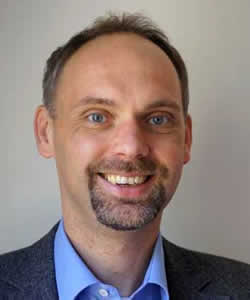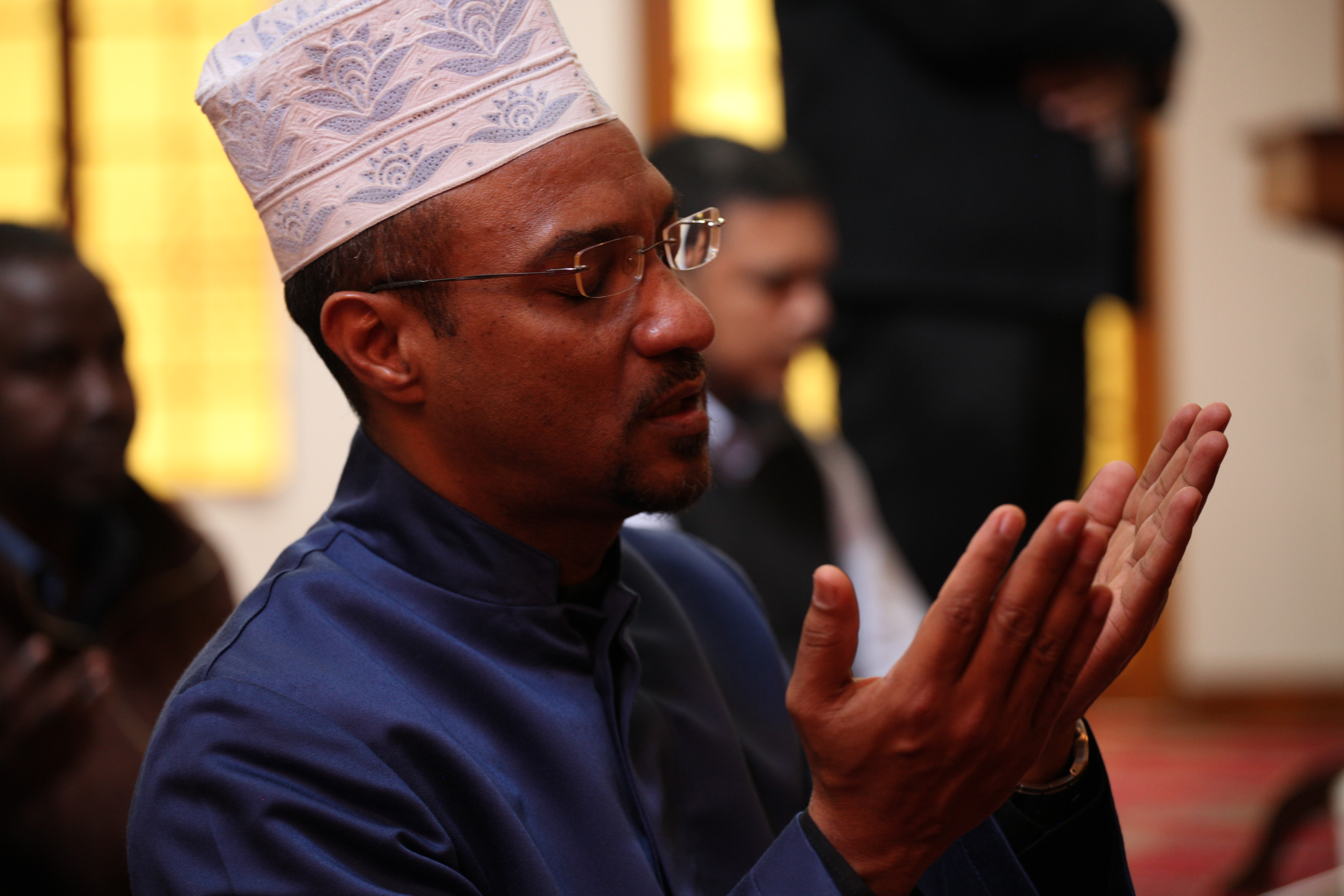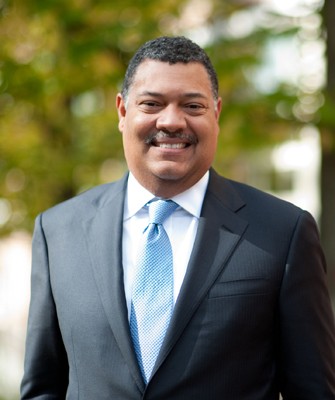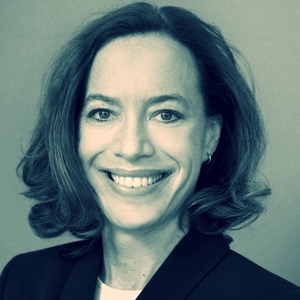In the wake of France’s total ban on the burqa or full-length veil, which took effect last month, on April 11th, it is an appropriate time to address “the” Islamic interpretation of the headscarf and its significance for Muslims. Scholars of religion inevitably get nervous when they are asked to speak about “the” interpretation of anything. Moreover, though I am a specialist in Islamic studies, I do not focus on women’s issues. So that makes me doubly nervous addressing this issue.
So I propose to draw on my personal experience as a Muslim and as an observer of Western politics and society to establish some context that may lead us to be more aware of certain uncritical areas in our framing of the question at hand.
The Present Context: Muslim Marginalization
Not only has France implemented its outright ban on the burqa, but the United States Congress conducted now notorious hearings in March on Muslim radicalization in America, which inevitably raised suspicions about anyone who happens to be an American Muslim. The state of Tennessee is entertaining a law to ban the practice of “shari‘a” in the state, going further than a similar law that was recently passed in Oklahoma. Last year, Muslims were being accused of insensitivity, if not outright transgression, for a proposed mosque and community center near “ground zero.” The issue was framed as a violation and affront to American “sacred space.”
All this is happening at a time when we are engaged in protracted wars in Muslim countries. Although the reasons that were originally offered in support of these wars ranged from “revenge,” “defense,” “security,” and “the spread of freedom,” nobody can deny that underneath may lie other motives, mostly tied to economic interests but not entirely free of more ambitious cultural agendas. Consider Laura Bush’s remarks less than a month after the U.S. invaded Afghanistan in 2001: “The fight against terrorism is also a fight for the rights and dignity of women.”
Challenging Modern Stereotypes of the Veil
This is perhaps why, in a book entitled Rethinking Muslim Women and the Veil: Challenging Historical & Modern Stereotypes, Katherine Bullock is incapable of separating the question of the “veil” from broader issues in Western culture. Bullock contends with feminist theory, Muslim thought and practice, and politics to challenge what she considers the problematic assumptions of those who criticize the headscarf as oppressive. She identifies six themes that antagonists use to oppose covering. For them, the veil:
- 1. covers up (hides), in the sense of smothering, femininity;
- 2. is apparently linked to essentialized male-female difference (which is taken to mean that by nature, male is superior to female);
- 3. is linked to a particular view of woman’s place (subjugated in the home);
- 4. is linked to an oppressive (patriarchal) notion of morality and female purity (because of Islam’s emphasis on chastity, marriage, and condemnation of pre- and extra-marital sexual relations);
- 5. can be imposed; and
- 6. is linked to a package of oppressions women in Islam face, such as seclusion, polygyny, easy male divorce, unequal inheritance rights, and so on. (Bullock, “Introduction.”)
In addressing these assumptions, Bullock has the following to offer. She says that covering:
- 1. does not smother femininity;
- 2. brings to mind the ‘different-but-equal’ school of thought, but does not posit essentialized male-female difference;
- 3. is linked to a view that does not limit women to the home, but neither does it consider the role of stay-at-home-mother and homemaker oppressive;
- 4. is linked to a view of morality that is oppressive only if one considers the prohibition of sexual relations outside marriage wrong;
- 5. is part of Islamic law, though a law that ought to be implemented in a very wise and women-friendly manner, and
- 6. can and should be treated separately from other issues of women’s rights in Islam. (Ibid.)
Katherine Bullock’s study came about, in part, from her own experience of embracing Islam and choosing to cover in graduate school in Toronto—a choice that evoked an immediate and overwhelmingly negative response from others.
The question for us is: What should we do with Bullock? Should we tell her she is wrong, that she doesn’t know she is oppressed, that she should go back home—to Australia?
We are complex individuals in a rapidly changing world. Simplistic distinctions of the past, such as “Islam is over there in that part of the world,” no longer hold.
Don’t Judge a Face by Its Cover
Take, well, me for instance. I am a Muslim who identifies with my local Muslim community and takes the shari‘a as a set of guiding principles in my life. I have female family members who both wear and don’t wear (mostly don’t wear) the headscarf; my children are American Muslims of Pakistani and German descent; I also have nephews and nieces who are half-Dutch, half-Pakistani-Europeans; and cousins who are half-African, half-Pakistani Africans from Botswana, and others who are half-French and half-Pakistani Pakistanis who live in Dubai!
Consider the following story. When I spent a year in Germany as a graduate student (2003-2004), one of the German provinces was grappling with the issue of a Muslim teacher of Turkish origin who was teaching Islam in a public school while wearing a headscarf. She was banned from teaching, the chief argument being that it would be a negative influence on the young children, and that the public schools are supposed to be neutral spaces. The controversy resulted in a number of town hall discussions, with opinions flying from all sides in all directions. During one of these exchanges, a “secular” Turkish woman stood up and scolded her fellow Turks: “Why don’t you go back home and fix your own society before coming here to corrupt this one,” to which a thoroughbred German woman in headscarf offered the following rebuttal: “What destination do you suggest for me?” (Not exact quotes, mind you, but this is my dramatized recollection.)
Women may cover for any number of reasons. Someone might be wearing a scarf or a veil as a hippie, or a Nun, or might be cold, dressed as Zorro or as a Ninja (as my wife has sometimes been lovingly called by our nephews), or may simply be a practicing Muslim woman. Others may be masked in a veil of plastic surgery. Are we going to single out only one of these kinds of women as “oppressed”?
Muslim women wear the headscarf or the veil for many reasons, which are inevitably explained in the public sphere in our “immanent frame” of secular discourse: they may offer that “it is liberating,” “it is my identity,” “I choose it because I am free,” “it is my right,” “you have no control over my body,” “I want you to engage my mind, heart and soul where true beauty lies,” “it makes me feel safe,” “without it I feel exposed,” “it is simply more convenient than having to dress-up all the time,” “I don’t want men to stare at my body.” And yes, it is true that some may wear it because they are commanded to wear it by their husbands, fathers, or mothers. But so what? After all, are there no non-Muslim husbands, fathers or brothers out there who expect their wives, sisters or daughters to dress in this or that way? Could it be that a noble tradition is being lampooned because of some bad apples? Don’t we all have experiences with bad apples in our communities?
God-Ordained Modesty
Regardless of the worldly reasons, many devout Muslim women ultimately choose to wear the headscarf because it is their understanding of what God wants from them. According to the classical consensus, Muslim women are commanded to be modest and “hide their beauty” except for when they are with an inner circle of males. This has always been understood by (admittedly mostly male) Muslim jurists as suggesting that something akin to the headscarf should be worn, although the extent of its practice and its exact form have varied in different societies through history. Many, if not most Muslim women, choose to obey God’s command to be modest by avoiding clothes that are too revealing, without wearing a headscarf.
What precisely do states hope to regulate? Are we going to tell those Muslims who choose to wear a headscarf or a veil, in conformity with an accepted understanding of Islamic law from within the tradition, that this longstanding Islamic practice is universally oppressive, and subsequently either tolerated or banned, irrespective of individuality, choice, society, and traditions and beliefs, as precisely some prominent politicians and commentators have done? How is this to be viewed as anything other than an assault on the religion of Islam?
Do women in Muslims societies have problems? You bet. Do women everywhere have problems? Yes. For every Muslim woman who cries out for help from an oppressive individual, family, or the pressures of society, I’m sure we could also find a Western counterpart.
What Are We Afraid Of?
To conclude, let me return to Bullock’s sixth point: “that covering can and should be treated separately from other issues of women’s rights in Islam.” I suggest that this may not be simply a subjective personal view, but is backed-up by empirical evidence in a recent Gallup survey of the global Muslim population, according to which Muslim women are overwhelmingly more concerned about issues such as poverty, security, and development. They are not begging to be saved from their men, or from the banning of shari‘a, and in fact often find solace from oppression by turning to the shar‘ia (Esposito and Mogahed, Who Speaks for Islam?: What a Billion Muslims Really Think, Chapter 5, “What do Women Want?”).
I believe that the prevailing discourses around Islam in the West stem from an increasing consternation with Islam itself, or “Islamophobia,” which is an irrational fear of all things with an Islamic ring: mosque, headscarf, Allah, Qur’an, Muhammad, shari‘a, Palestine, or even the very presence of practicing devout Muslims in our society, or in the world.
The last two minutes of the remarks of Rep. Keith Ellison (who is a Muslim Congressman) at the hearings on Muslim radicalization on March 10, 2011 were spent weeping. He wept as he told the story of a paramedic who disappeared on 9/11, while both he and his mother were subsequently reviled in rumors that he might have been an inside-man on behalf of the terrorists. Until, of course, the discovery of his remains revealed otherwise. He was a Muslim. He was a hero. He was one of “us.”
The question on whether or not the headscarf is religious expression or female oppression, says, to my mind, as much or more about America and the West, as it does about Islam and women. So let us ask the real question: Who are we?







